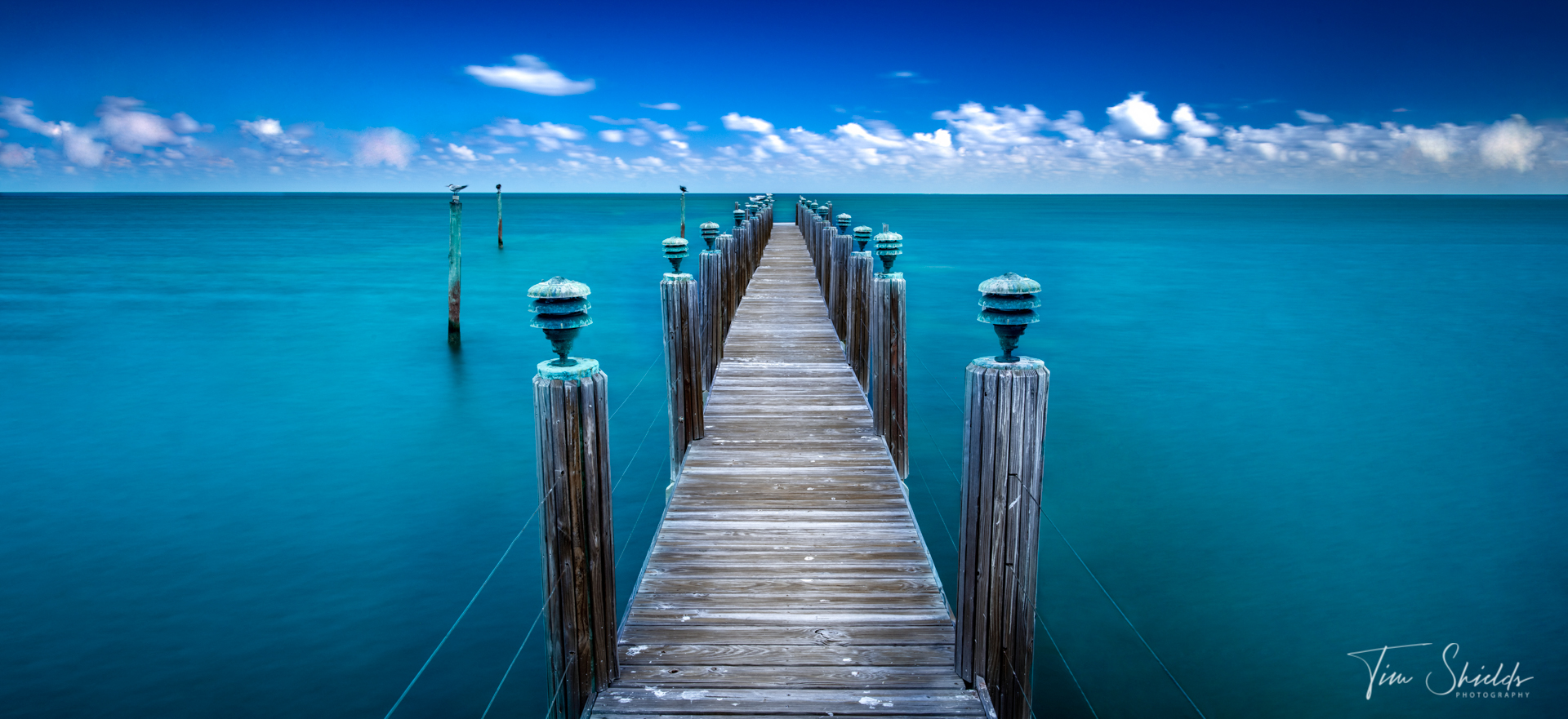Pulse of Information
Your source for the latest insights and updates.
Chasing Light: The Secret Life of Landscape Photographers
Discover the hidden world of landscape photographers as they chase light and transform ordinary scenes into breathtaking masterpieces!
Capturing the Golden Hour: Tips for Landscape Photography
The **golden hour** is a magical time for landscape photography, typically occurring shortly after sunrise and before sunset. During this period, the sun casts a warm, soft light that enhances the natural beauty of the landscape. To make the most of this enchanting time, planning is essential. Scout your location in advance, considering the best angles and compositions to capture the soft light. Arriving early allows you to set up your gear and find the perfect spot, ensuring you don’t miss the fleeting moments when colors are at their most vibrant.
When photographing during the **golden hour**, remember to adjust your camera settings to take advantage of the unique lighting conditions. Here are some tips to consider:
- Use a tripod: The lower light levels may require longer exposure times.
- Experiment with composition: Use leading lines or foreground elements to create depth.
- Play with white balance: Adjusting it can emphasize the warm tones of the sunset or sunrise.
By incorporating these techniques, you can capture breathtaking landscape photographs that truly embody the splendor of the **golden hour**.

Behind the Lens: What Makes a Great Landscape Photographer?
When we think about landscape photography, the first thing that comes to mind is not just the stunning vistas or breathtaking compositions, but also the person behind the lens. A great landscape photographer possesses a unique combination of skills, patience, and an eye for detail. They understand the importance of light and composition, and how these elements can transform an ordinary scene into a captivating image. A strong sense of timing is crucial; the ability to anticipate changes in natural lighting conditions can mean the difference between a lackluster shot and a stunning visual masterpiece.
Moreover, a successful landscape photographer often invests time in understanding their environment. This includes anticipating seasonal changes, mastering their equipment, and knowing the best locations to capture the essence of a landscape. Techniques such as using a tripod for stability, experimenting with long exposures, and engaging in post-processing are essential skills. Additionally, the ability to connect emotionally with nature and convey that feeling through their photography is what truly sets the best landscape photographers apart. By blending technical prowess with a deep appreciation for the natural world, they create compelling images that resonate with viewers.
The Best Locations for Stunning Landscape Shots: A Photographer's Guide
For photographers seeking stunning landscape shots, the choice of location is crucial. Some of the most captivating sites include renowned destinations like Yosemite National Park in California, where granite cliffs meet lush valleys. Equally breathtaking is Banff National Park in Canada, with its turquoise glacial lakes surrounded by towering mountain ranges. These locations not only provide picturesque backdrops but also an opportunity to capture the changing light throughout the day, making each shot unique.
In addition to popular parks, consider lesser-known gems for your landscape photography adventures. For instance, the Dolomites in Italy offer dramatic peaks and vibrant sunsets that can take any photograph to another level. Additionally, the serene Faroe Islands boast rugged cliffs and cascading waterfalls, perfect for creating stunning compositions. Always remember that the best time for landscape photography is during the golden hour, just after sunrise or before sunset, to capture the most enchanting light.